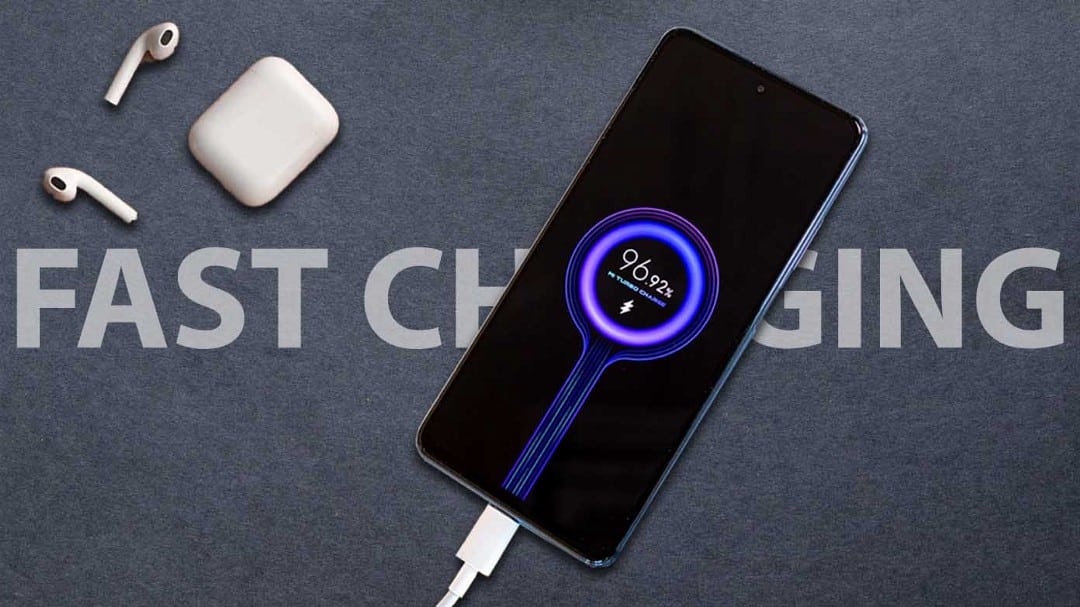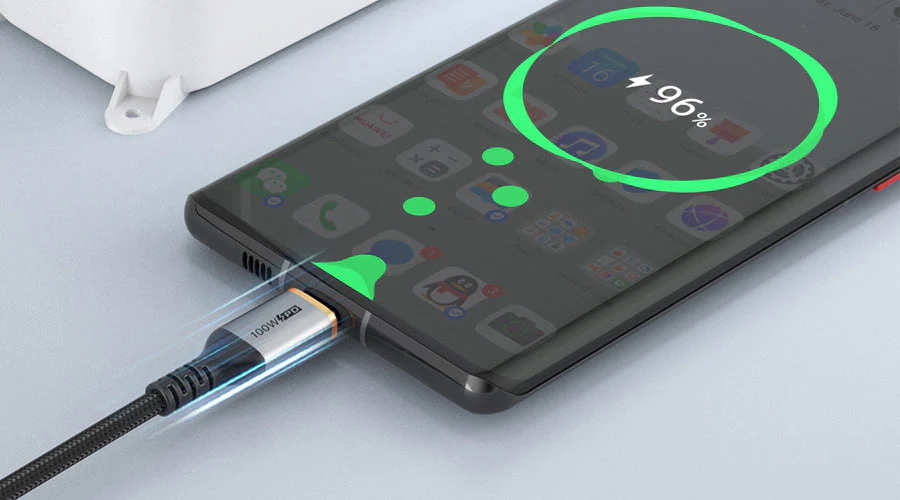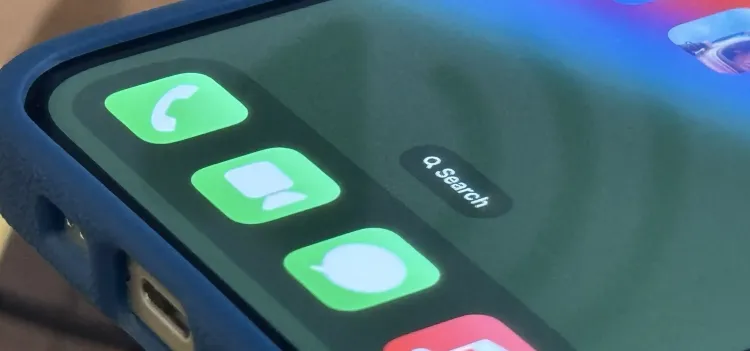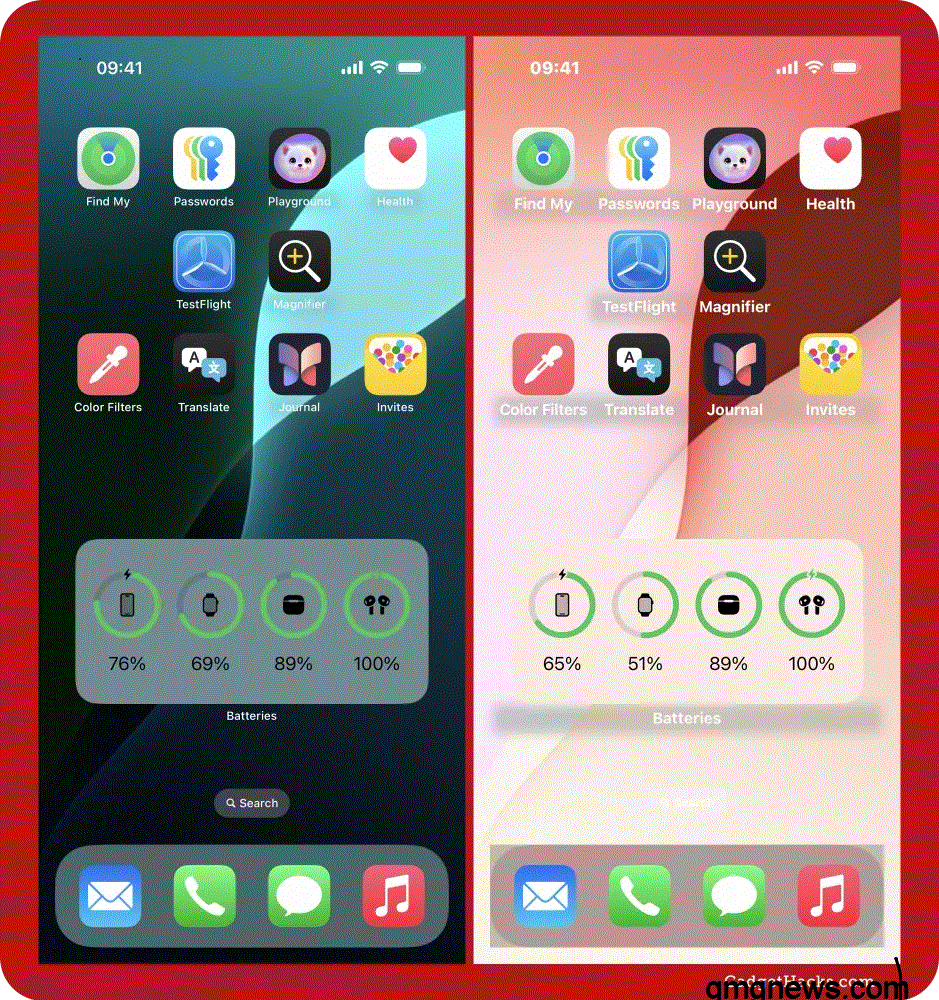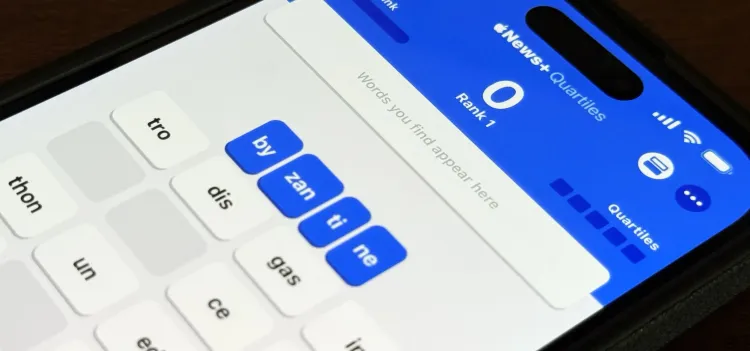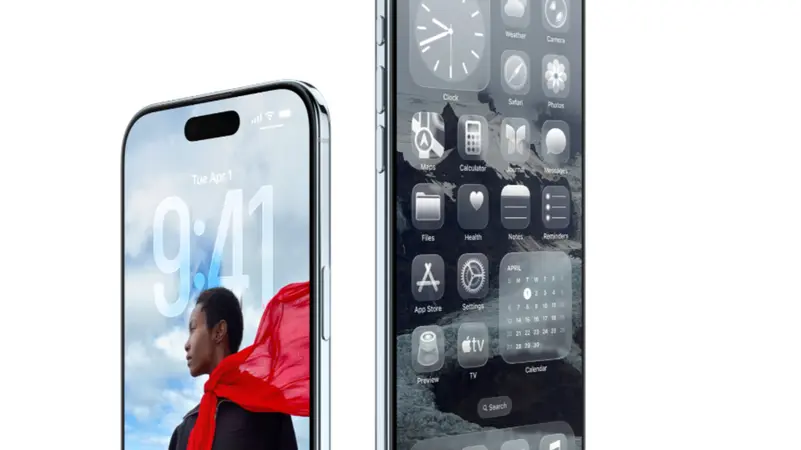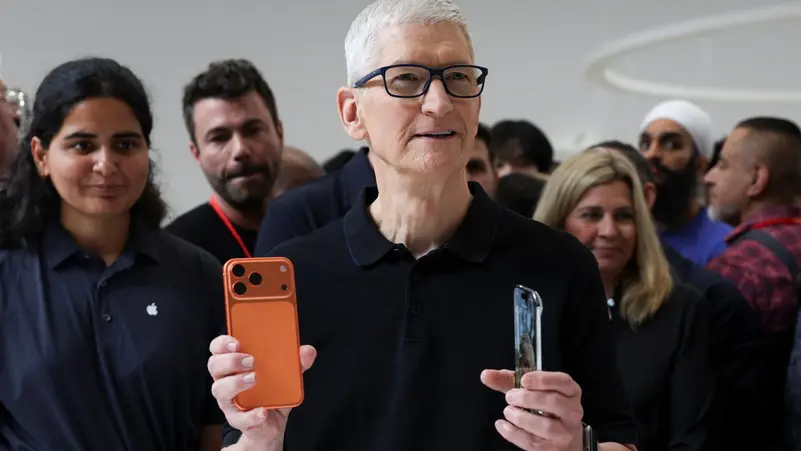Explaining Fast Charging Technology: Does It Really Damage Your Battery? (2025 Guide)

Fast charging has become a standard feature in nearly every modern smartphone. From 30W to 240W chargers, brands are competing to deliver the fastest possible charge times. But a major concern remains: does fast charging shorten battery lifespan?
In this article, we’ll break down how fast charging works, its impact on battery health, and whether you should worry about using it daily. For more mobile tech insights, check our Technology section.
How to Choose the Right Phone for You in 2025: Your Complete Guide Before Spending a Dime
1. What Is Fast Charging?
Fast charging is the ability to charge a device’s battery at a much higher power output than traditional 5W chargers.
-
Standard charging: 5W–10W.
-
Fast charging: 18W–65W (common in mid-range phones).
-
Ultra-fast charging: 100W–240W (flagship devices in 2025).
The higher the wattage, the faster your phone charges.
2. How Does Fast Charging Work?
Fast charging relies on three key elements:
-
Charger/Adapter – must support higher wattage output.
-
Cable – designed for higher current flow (e.g., USB-C with Power Delivery).
-
Phone Battery + Software – built-in charging controller regulates power input to avoid overheating.
Pro tip: Always use certified chargers and cables recommended by the manufacturer.
3. The Science Behind Battery Degradation
Smartphone batteries are lithium-ion cells. Their health is influenced by:
-
Charge cycles (every 0–100% counts as one cycle).
-
Temperature (excessive heat accelerates wear).
-
Charging speed (higher wattage = more heat).
Over time, every battery naturally loses capacity, but usage habits make a big difference.
4. Does Fast Charging Damage Batteries?
The short answer: not if used correctly.
-
Modern smartphones have battery management systems that control voltage and temperature.
-
Charging is fastest from 0–50%, then slows down to protect the battery.
-
Studies show minimal difference in long-term health when using certified fast chargers.
🚫 Risk comes only when:
-
Using fake/cheap chargers.
-
Charging in hot environments.
-
Continuously charging to 100% overnight.
6G Networks on the Horizon: What It Means for the Future of Our Phones
5. Benefits of Fast Charging
-
Convenience: Get 50% battery in 10–15 minutes.
-
Productivity: No need to keep power banks around.
-
Emergency use: Quick boost before travel or meetings.
6. Tips to Protect Battery While Using Fast Charging
-
Avoid charging your phone under direct sunlight.
-
Don’t use the device heavily while charging (gaming, video recording).
-
Stop charging at 80–90% if possible.
-
Use manufacturer-certified chargers only.
-
Update your phone regularly—battery management improves with software updates.
7. Alternatives to Extend Battery Life
-
Wireless charging pads (slower, gentler on the battery).
-
Smart charging modes (available in iOS and Android 13+).
-
Power banks with smart output for controlled charging.
Fast charging is safe in 2025—as long as you use the right equipment and follow best practices. Battery health depends more on heat and charging habits than on wattage alone.
So, enjoy the speed of modern charging without fear, but be mindful of how you use it.
For more guides on mobile technology, visit our Technology section.
